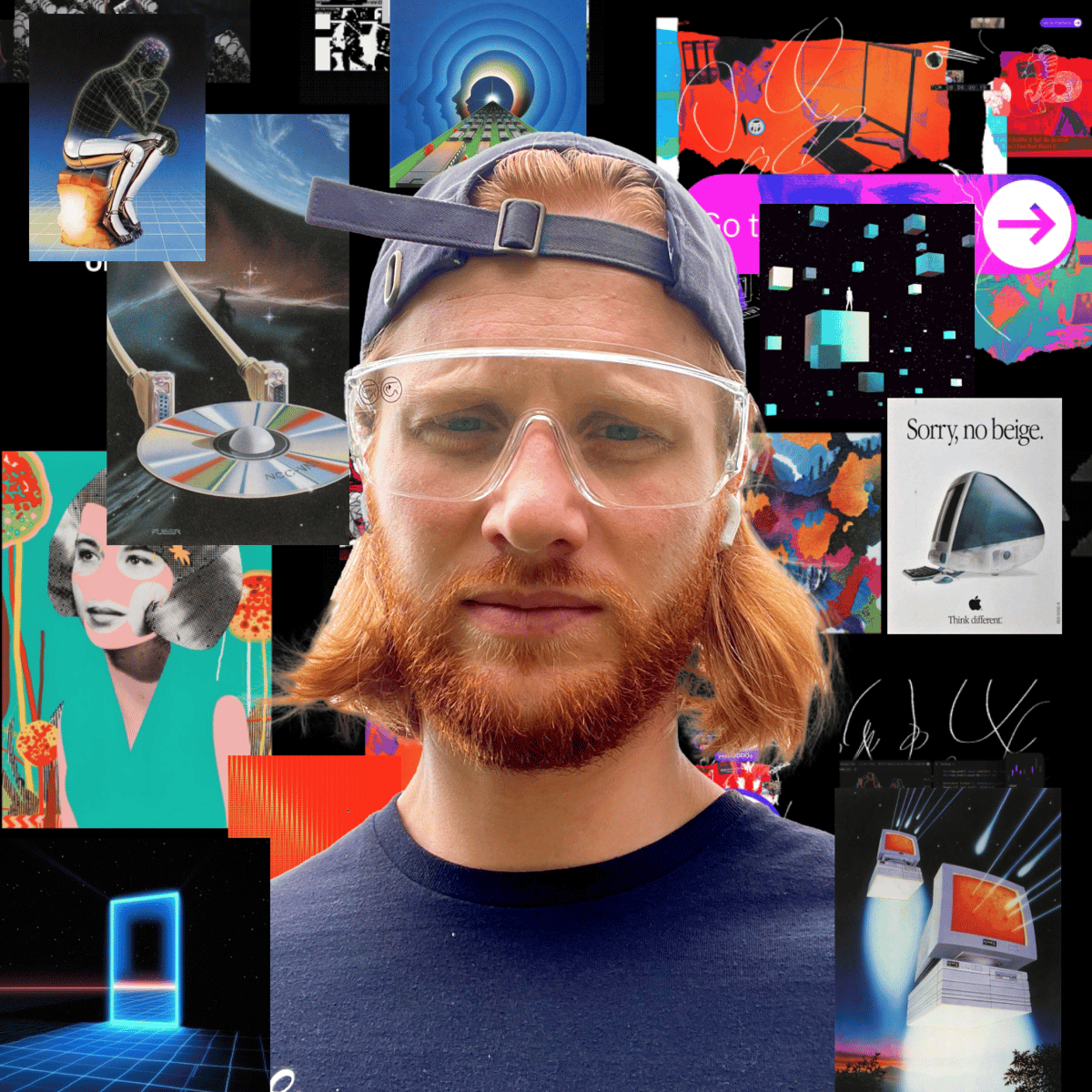How it works
Telegram handles the chat and authentication part.
Karta handles everything else: compliance, card issuing, crypto and fiat payments, KYC, ledgering — the heavy stuff.
Here’s the breakdown under the hood:
KYC & identity: You start the Telegram bot, it collects your data, sends it to Karta’s KYC provider, gets you verified in minutes.
Account & card: Once verified, Karta opens your USDT account and issues you a Visa Signature card.
Funding: You top up via crypto or ACH/Wire. Telegram just provides buttons; Karta’s backend tracks everything.
Spending: The Visa card works anywhere. Transactions show up instantly inside Telegram.
Transfers: “Send money like a message.” You pick a Telegram contact, the bot moves the funds via Karta’s system.
Extras: Cashback, rewards, even an AI assistant — all inside chat.
In short: Telegram is the interface. Karta is the infrastructure.
Why this model works
Low friction. No onboarding hell, no password resets, no app updates.
Speed. The interface is already there — you just plug in the backend.
Distribution. Users don’t need to be convinced to download something new.
Cost. You can ship faster with minimal front-end effort.
It’s not new, either. Midjourney built its first version entirely inside Discord.
You chat, you get results. That’s it.
What this means for designers
Don’t panic — there’s still plenty to design. But the job shifts.
It’s no longer about endless screens or gradients. It’s about conversation design, clarity, and speed.
How do you turn a financial flow — something normally layered behind dozens of screens — into a few messages that make sense in context?
This is back to fundamentals. The earliest computers used terminals. You typed commands to make things happen. We’re coming full circle — except this time, your “terminal” can process payments, send money, or even answer your questions.
Soon, voice and chat will be the default interface for simple actions.
For complex tasks, sure, a full dashboard still makes sense. But for 80% of financial interactions, chat or AI agents will do the job — instantly.
The bigger picture
We’re heading toward a future where UX becomes invisible.
Interfaces won’t disappear, but they’ll get thinner — less UI, more logic.
Startups will love this: it means you can launch faster, test ideas with real users, and focus your resources on what actually matters — building the product that works behind the scenes.
When your foundation is solid, then yes — you can layer beautiful interfaces on top. But until then, chat may just be your best MVP.
At END Agency, I’ve seen this shift first-hand — more startups are skipping the heavy UI phase to focus on solid backends and smart flows. Design isn’t disappearing, it’s just going where the users are. Sometimes, that’s Telegram. We’re just tired to have to download and “learn” a new app for everything. Let’s just be smarter about our onboarding processes.
About me

Hey, I’m François Savard from END Agency
I design clear, functional products that cut friction and remove unnecessary decisions. END Space is my newsletter where I share ideas, trends, and what I’m working on.
🌉 Background: Creative Director in a digital marketing agency in Norway for 5 years, moved back to France to create END Agency.

